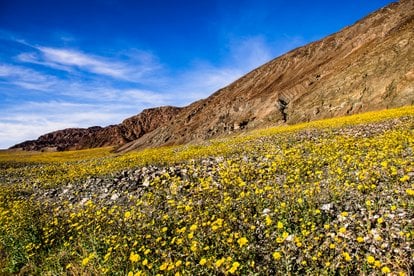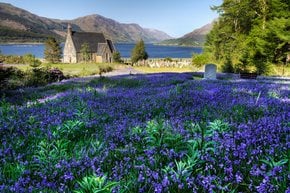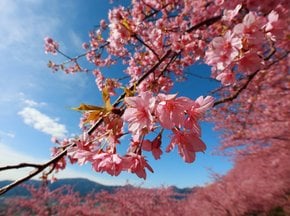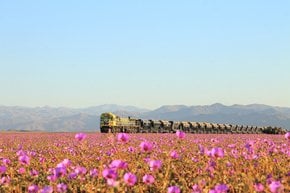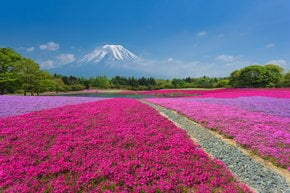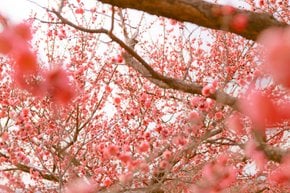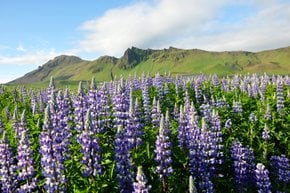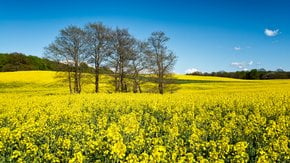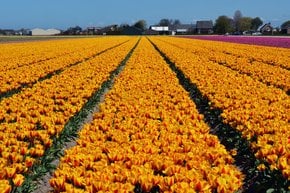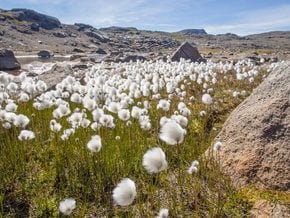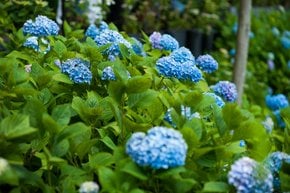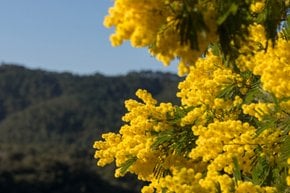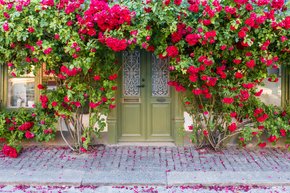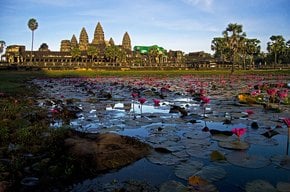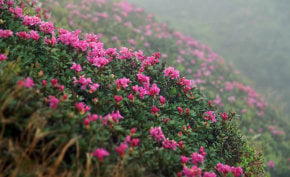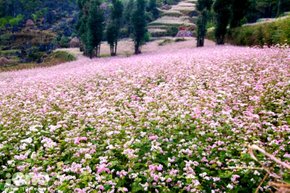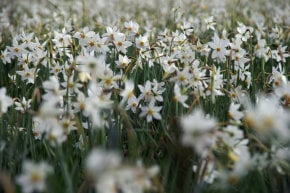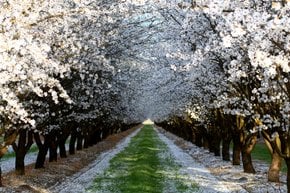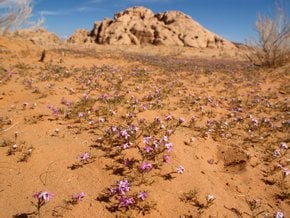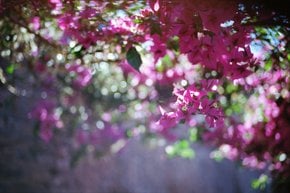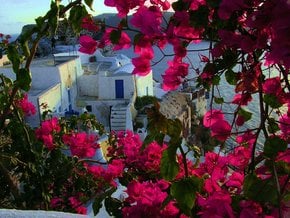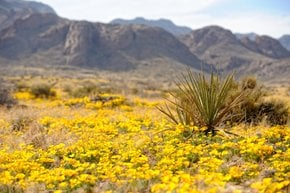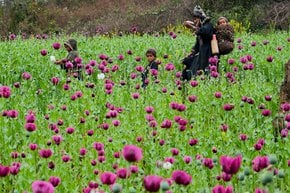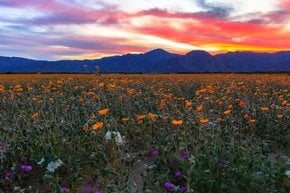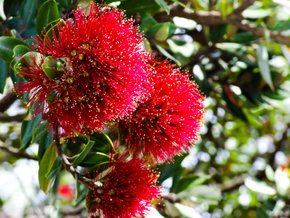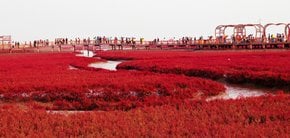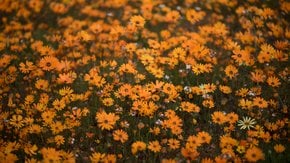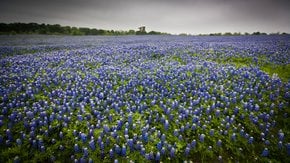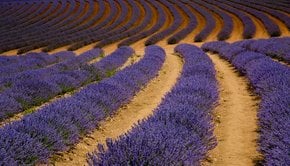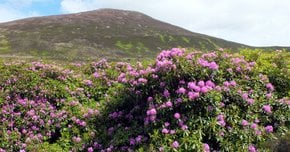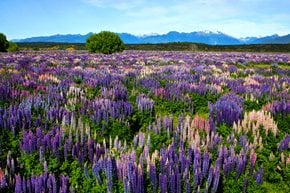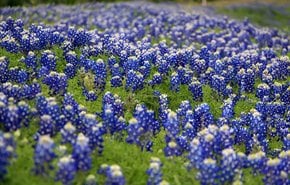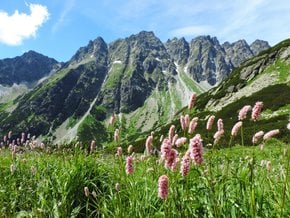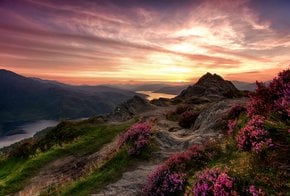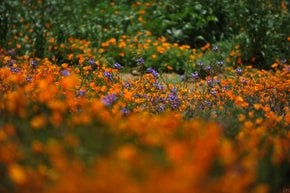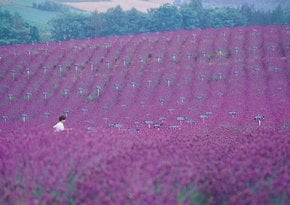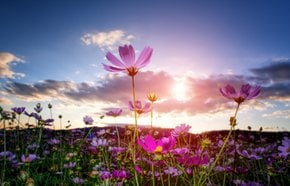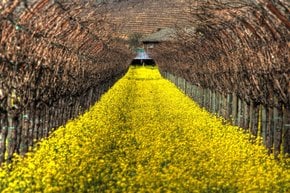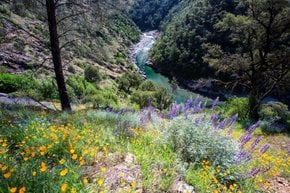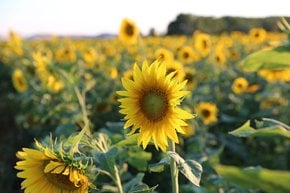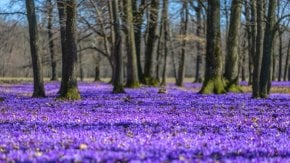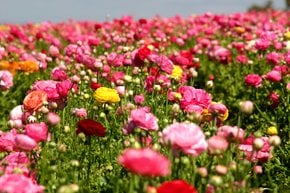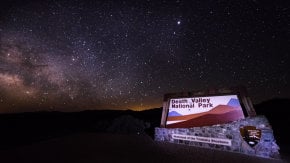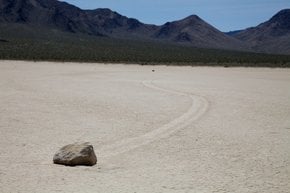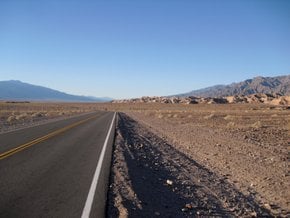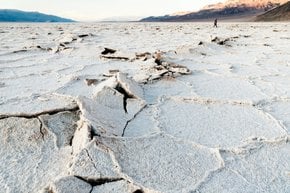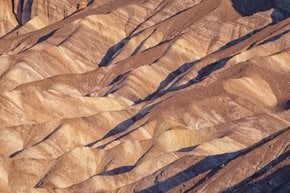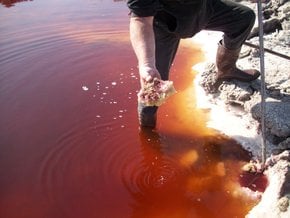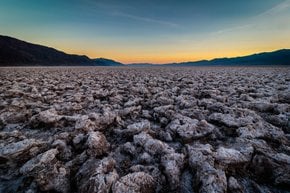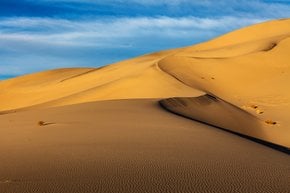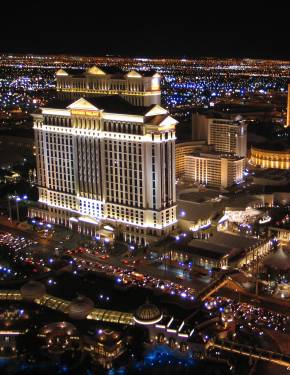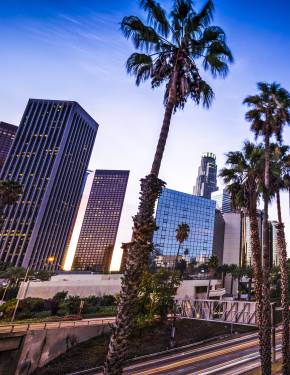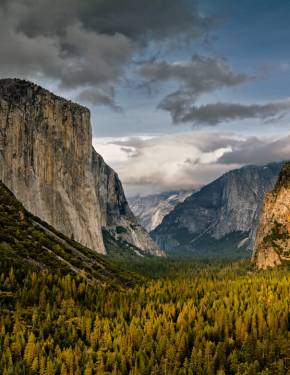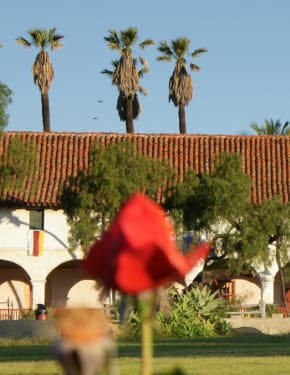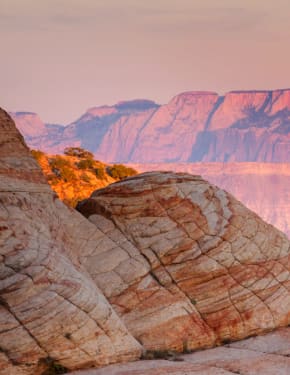Death Valley Super Bloom 2026
One of the driest places on the planet occasionally gets blanketed with colorful wildflowers
Best time: mid-February–mid-July | best in March–April (once in about ten years)
The Death Valley superbloom is a stupendous natural phenomenon which occurs only once in about ten years after substantial rainfall in fall and winter. In spring, the desert becomes alive with thousands of wildflowers, attracting hundreds of thousands of visitors.
Death Valley Super Bloom Season
The blooming season lasts from mid-February through June or mid-July, reaching its zenith in March and April. The Death Valley National Park is the lowest, driest, and hottest place in the United States, which makes the super bloom so unique. In 1913, the temperature of 134°F (57°C) recorded here hit an unsurpassed world record.
Death Valley Wildflowers
During the Death Valley superbloom, the breathtaking desert landscape is painted with yellow, pink, and purple flowers. You can encounter sunflowers, phacelia, desert gold, gravel ghost, Bigelow monkeyflower, desert thorn, desert sage, poppies, and other wildflowers that manage to survive in such a harsh climate. The two last times when the desert saw the ultimate explosion of petals were in 2005 and 2016.
When Do Flowers Bloom in Death Valley?
Even in the years which are not blessed with the superbloom, you will still see some spring flowers dusting the desert. The wildflower season in Death Valley National Park is from mid-February onward, and well through mid-July. Between late February and early April, you can spot flowers on lower elevations, including Badwater Road, Green Valley Road, Death Valley Road, and Titus Canyon Road. From early April to early May, flowers make their debut on higher elevations: check out Jubilee Pass, Zabriskie Point, Furnace Creek, and Daylight Pass. In May and early June (sometimes until mid-July), there is a good chance to spot the flowers when trekking the Panamint Range area.
Things To Do in Death Valley
Spring is a nice season to enjoy Death Valley not only for the wildflower season, but also for the comfortable weather. Use this favorable condition to pack your trip with other fun activities. Check out Saline Valley Hot Springs, discover historical Wildrose Charcoal Kilns, or reveal the secrets of Eureka Dunes. The national park is also home to a number of otherwordly landscapes worth seeing. Some of the most bizarre places include Devil’s Golf Course, Badwater Basin, and Zabriskie Point.
Where to Stay in Death Valley National Park
When visiting the hottest place on earth, having an air-conditioned shelter for rest is essential. The Death Valley super bloom map shows multiple accommodations in close proximity. If you prefer camping, Furnace Creek Campground and Stovepipe Wells Campground are among the most popular picks. The park is open daily all year.
Entrance Fee
Entrance fees apply year-round and vary depending on the type of vehicle or group. Private vehicles are charged $30б while motorcycles have a fee of $25. Individuals entering on foot or by bicycle must pay $15 per person. Educational and academic groups can enter for free, while non-commercial groups of 16 or more people are charged $15 per person.
Commercial vehicles have different pricing: sedans with 1 to 6 seats range from $35 to $75, vans with 7 to 15 seats cost $75, mini-buses with 16 to 25 seats are charged $100, and motor coaches with 26 or more seats have a fee of $200.

